You don’t necessarily have to go to Africa to see the Big Five. In Europe we also have our own Big Five: the wolf, the brown bear, the Eurasian lynx, the bison (wisent) and the wolverine. The latter is mainly found in Scandinavia and Belarus. You can be lucky enough to spot the other four in the mighty and vast Carpathians, where WWF protection has been necessary for years.
Text: Angelique van Os | Photography: WWF
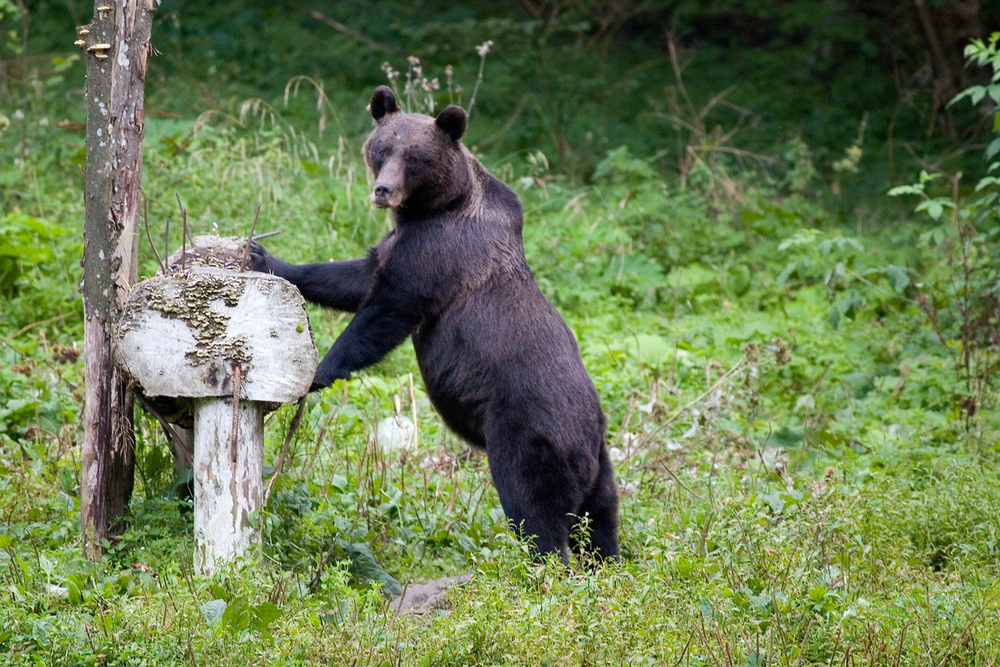
The Carpathians are synonymous with rugged mountains, pristine primeval forests and crystal clear rivers. In this vast wilderness you may be able to spot them: the European Big Four. In the dense forests of Hungary, Bulgaria, Moldova, the Czech Republic, Ukraine and especially Romania, more than 5,000 bears and 3,000 wolves live within 365,000 hectares of old and primeval forests. The almost extinct European bison (wisent) has also made a comeback in recent years and the shy lynx also sometimes makes an appearance. In addition, biodiversity – with more than 4,000 plant species – is nowhere as rich in Europe as in the Carpathians. A nature trip through this area is therefore high on our wish list.
Protecting the green heart of the Carpathians
The WWF has been committed to to protect the last bastion of wildlife on our continent, because it is unfortunately a vulnerable area. The consequences of deforestation, large industrial projects, climate change and habitat loss are the greatest threats. By far the most important threat is illegal logging, which fragments animal species’ habitats. From 2018 to 2021, the nature organization has the ‘Green Heart’ with 365,000 hectares of primeval forest mapped. Of these, more than 95,000 hectares have been protected since 2021. In 2017, UNESCO also included approximately 24,000 hectares on its World Heritage List, making this area also protected.
Bison Carpathians
Following the launch of Rewilding Europe project and WWF Romania in 2013, the almost extinct European bison (wisent) has returned to its original habitat. Every year, small groups of bison are released into the Tarçu Mountains in Romania and the bison population here has increased to around 65 animals. Bison can now also be found in Slovakia, including in the Topoľčianky Bison Park and thePoloniny National Park.
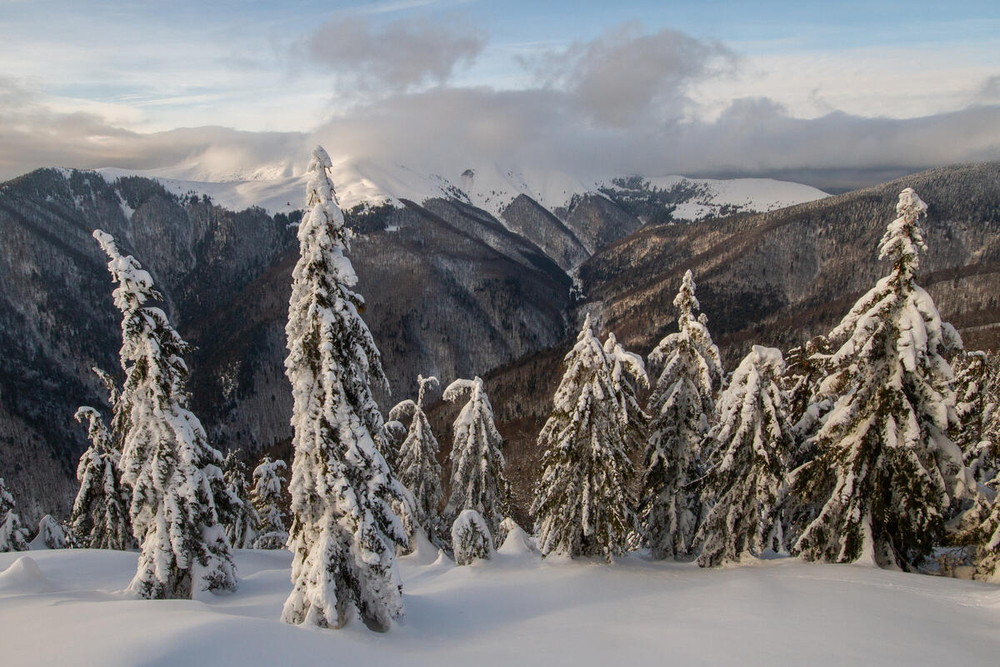
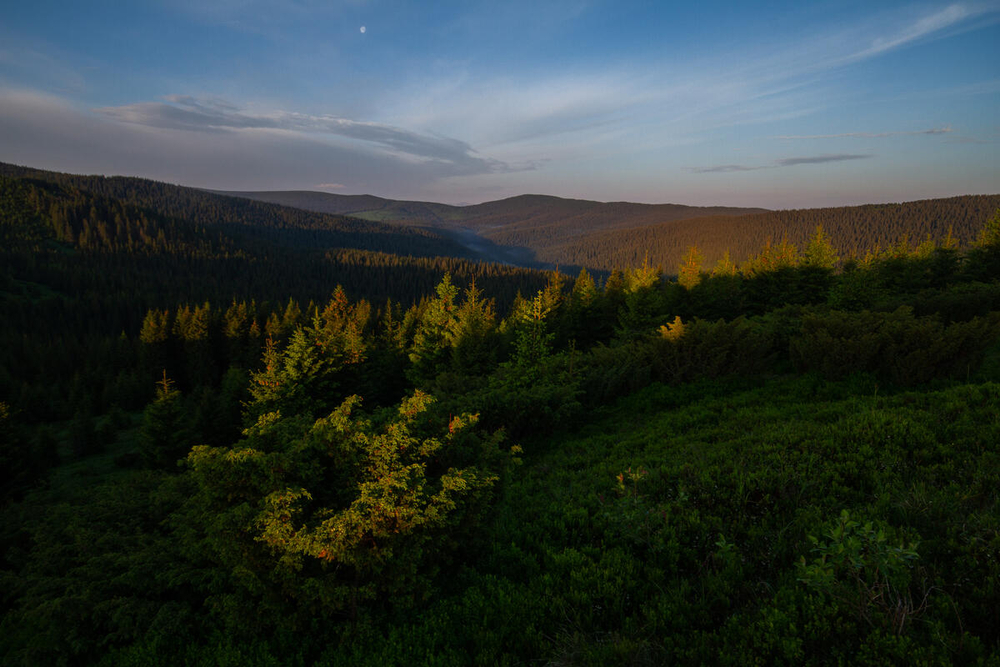
Want to know more about forest restoration in the Carpathians? Look HIER to the WWF Netherlands webinar.
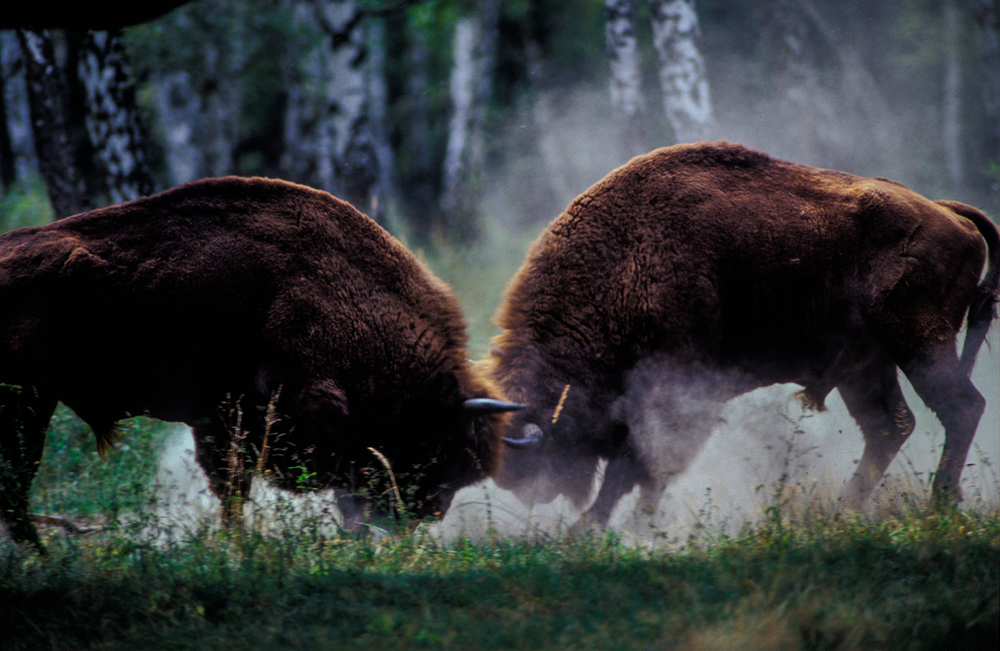
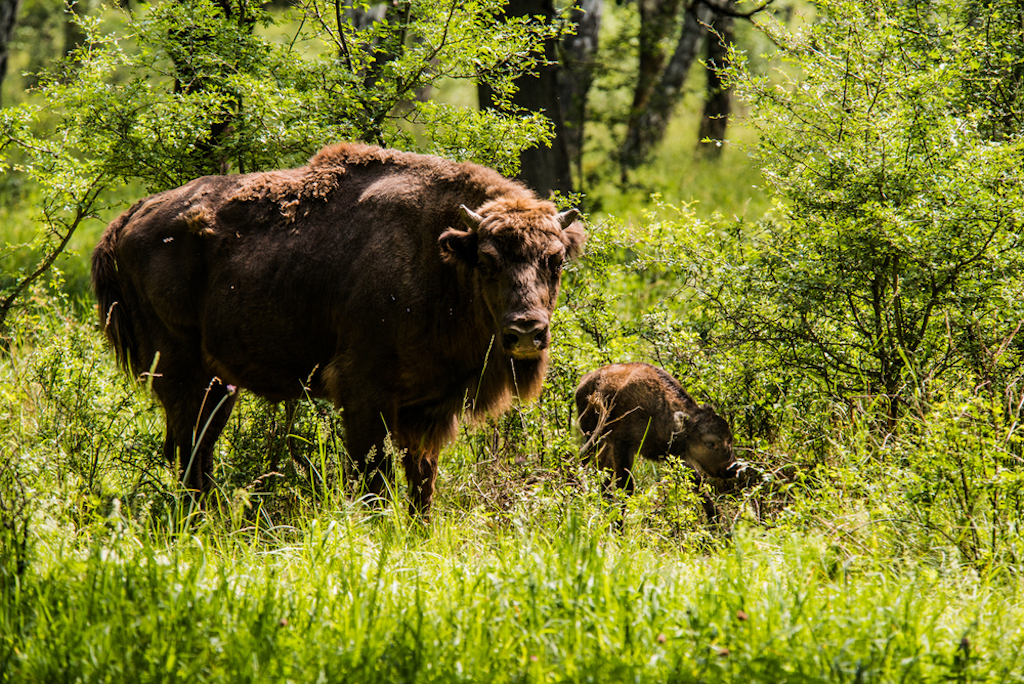
WWF Romania
WWF Romania has founded WeWilderwith the local population . Because ecotourism is extremely important for the local community and for nature conservation, the organization tries to bring people closer to nature in the pristine landscape surrounding the Tarcu Mountains where 150 bison roam. WeWilder offers retreats, accommodations, projects and excursions, where sustainability and ecotourism predominate. Naturalists are also often associated with this. For example, you can go on a bison tracking tour and take an e-bike tour through the area.
Bear orphanage
It is also becoming increasingly difficult for the brown bear to survive due to the fragmentation of their habitat and cubs often lose their mothers due to poaching, collisions and deforestation. Fortunately, organizations like WWF Belgium and Bear Again to change that. Since 2004, Bear Again has been taking in 10 to 30 young bears every year in the Romanian Hășmaș Mountains. The organization is the only bear orphanage in Europe and has already rescued more than 200 bears. The bears come into contact with people as little as possible so that they retain their innate instincts. After two years, the animals are strong enough to survive on their own and are released into the wild. ![]()
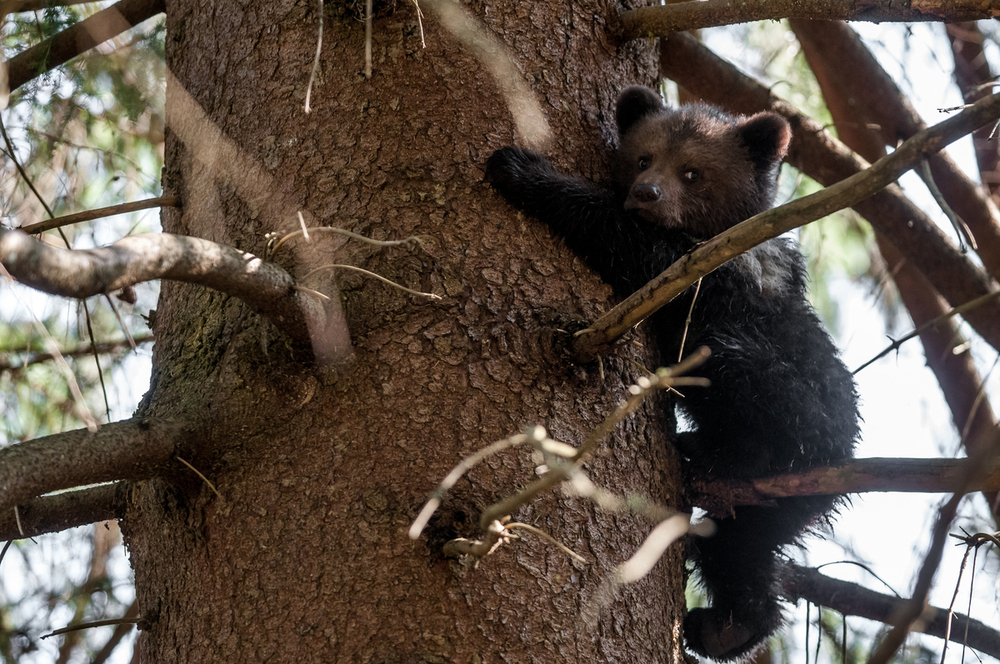
Of course it is much more beautiful to see brown bears in the wild during a safari, but to ensure that the little ones from Bear Again have a future, you can contribute by adopting a bear. Look HEREfor information.
Young brown bear in Veľká Fatra National Park, Slovakia. | Photo:© Tomas Hulik
